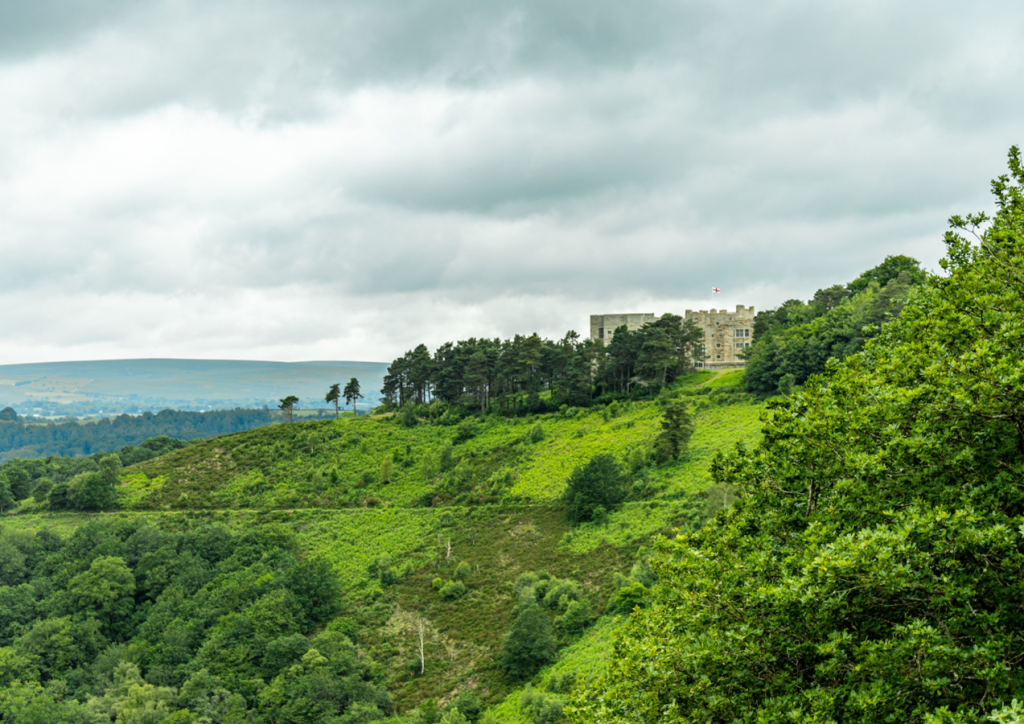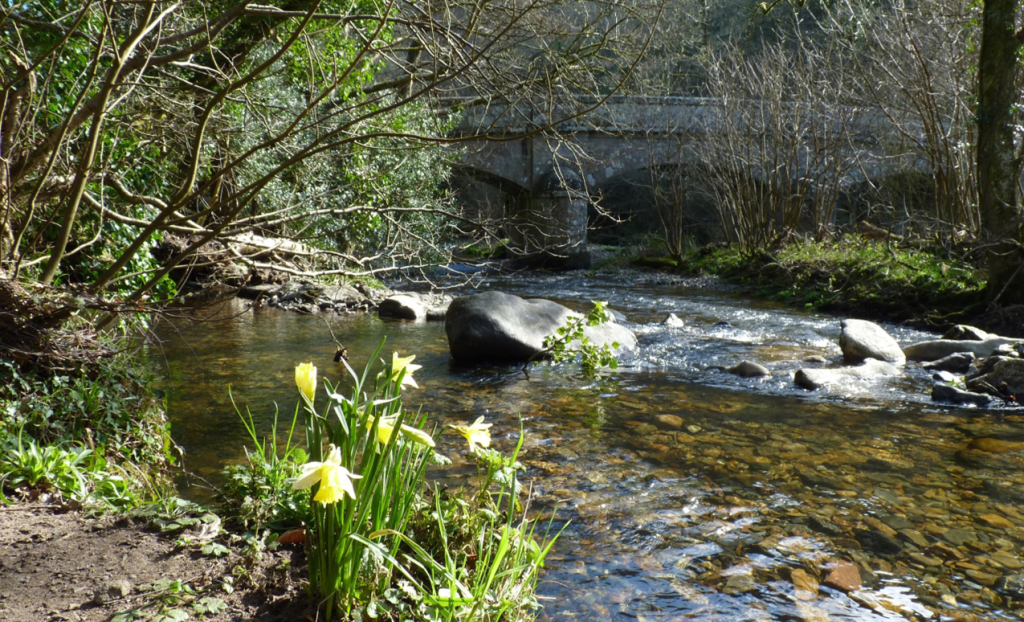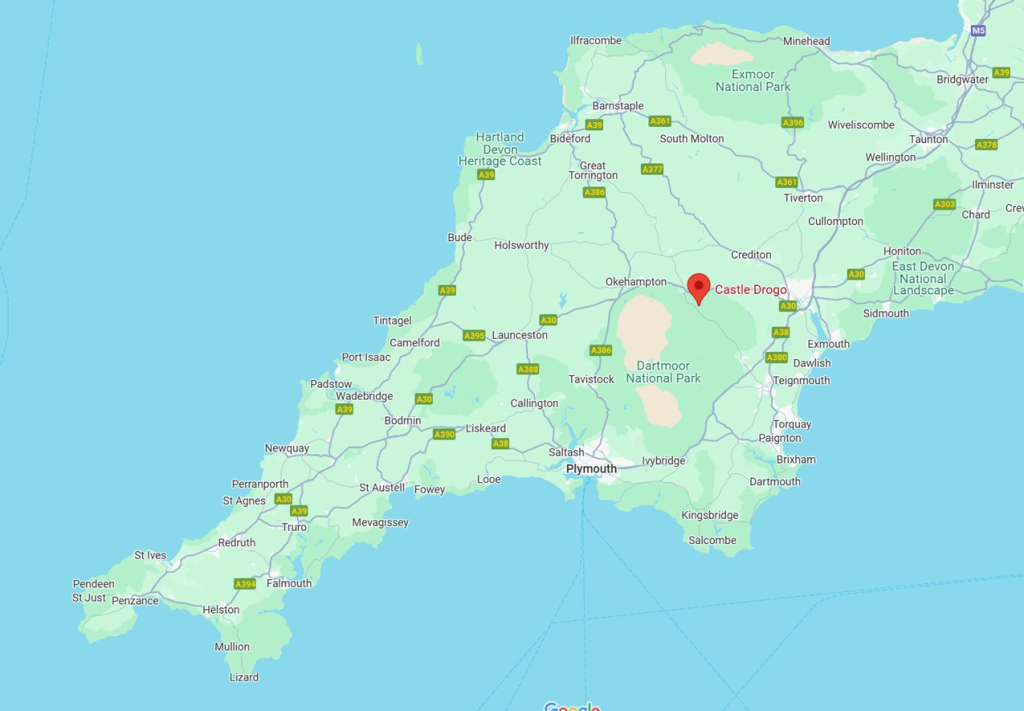Castle Drogo, located in Devon, UK, was built by Julius Drewe, a wealthy businessman and founder of the Home and Colonial Stores. It was designed by the renowned architect Sir Edwin Lutyens and constructed between 1911 and 1930.
Itis notable for being the last castle built in England, blending traditional medieval styles with modern elements of the time. It was constructed primarily as a family home for Drewe and his descendants, though its construction was beset by challenges, including the exposed location on Dartmoor, which caused issues with weatherproofing.
Today, the castle is managed by the National Trust and is open to visitors.
Julius Drewe

Julius Drewe (1856–1931) was a successful English businessman – he founded the Home and Colonial Stores at a young age, amassing considerable wealth that allowed him to retire at just 33.
Drewe was captivated by his belief in a noble lineage tracing back to the Norman knight Drogo de Teigne, which inspired him to commission Sir Edwin Lutyens to design Castle Drogo as a modern interpretation of a medieval fortress. He was inspired by a romantic vision of medieval nobility and sought to create a modern interpretation of a castle that would reflect his status and provide a lasting family home.
Sir Edwin Lutyens

Sir Edwin Lutyens (1869–1944) was one of Britain’s most renowned architects, celebrated for his ability to blend traditional and modern styles.
Known for his meticulous attention to detail and mastery of proportion, he designed iconic buildings including not only Castle Drogo but also Rashtrapati Bhavan in New Delhi, and the Cenotaph in London.
Lutyens played a key role in the urban planning of New Delhi, blending classical Western and Indian architectural elements and collaborated extensively with garden designer Gertrude Jekyll, creating harmonious homes and landscapes.
Though initially criticised by modernists, Lutyens’ work is now recognised for its timeless elegance and enduring influence. He is the subject of another article in this issue.
Castle Drogo Exterior

The exterior of Castle Drogo, located in Devon, is a striking example of early 20th-century architecture blending medieval and modern elements.
The castle is built from locally quarried granite, giving it a rugged and imposing appearance that harmonizes with the surrounding Dartmoor landscape.
Castle Drogo Interior

The interior of Castle Drogo blends medieval-inspired grandeur with modern comforts of the early 20th century.
The rooms feature finely crafted woodwork, granite fireplaces, and vaulted ceilings that evoke the atmosphere of a traditional castle. Yet, Lutyens incorporated contemporary elements, such as modern plumbing and heating, ensuring practicality for family life.
Highlights include the oak-paneled dining room, the impressive Great Hall, and the library with its elegant design.
The interiors, while stately, maintain a sense of warmth and livability, reflecting both Julius Drewe’s vision of a family home and Lutyens’ skill in combining tradition with innovation.
Location

The castle is in the Dartmoor National Park in Devon, in the south west of England
Dartmoor is itself a great place to visit – it is one of only ten English national parks and known for its wild misty moors of heather and craggy Tors (hills). Not for nothing to Arthur Conan Doyle set his Sherlock Holmes story, the Hound of the Baskervilles, on Dartmoor.
The castle overlooks the river Teign. A walk through the river’s Teign Gorge is a popular way of visiting the castle
Getting There

If you plan to go it’s just off the A30 west of Exeter, the main city in those parts (which also has a train station with regular services from London).
